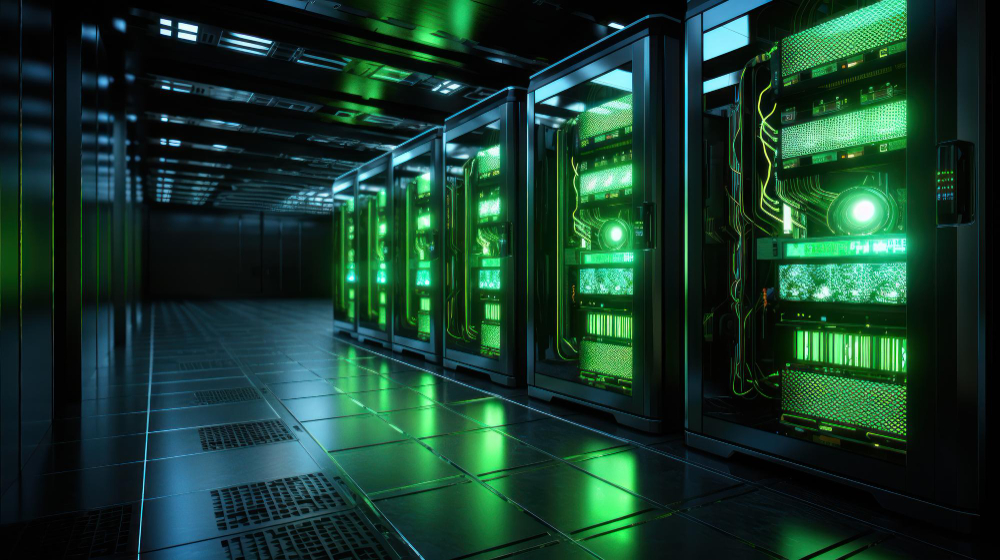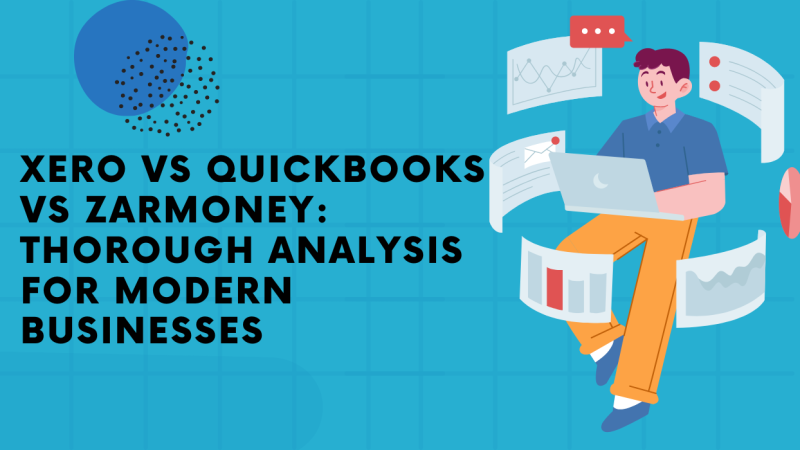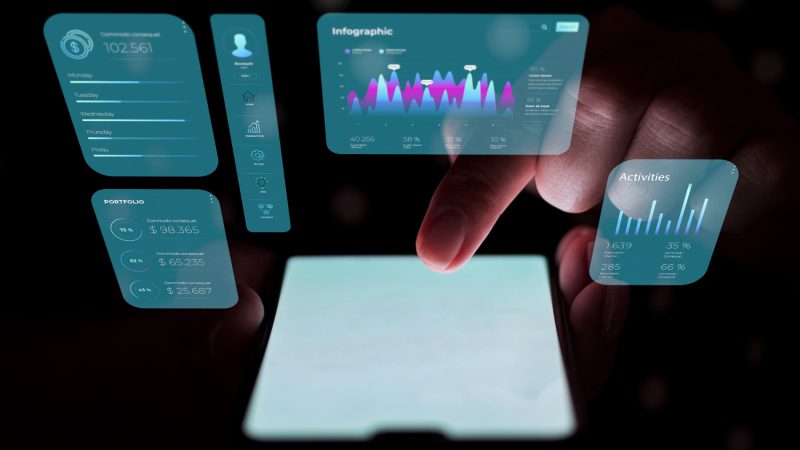Data Center Cooling: Keeping Your Servers Chill and Running

Data centers have become crucial to modern-day businesses. In fact, acting as their backbone, these data hubs are said to have consumed over 7.4 gigawatts of power in 2023. This is a significant increase of 55% from 2022’s power consumption.
They house invaluable information and run critical computer operations, which makes it necessary to ensure their best upkeep. You must be wondering how this is possible. Well, there are different ways, but the most effective one to ensure their operational efficiency is data center cooling. Since this concept comes with its own set of challenges, it is essential to know about them in detail. So, let’s get going and understand what it is all about.
Different Types of Data Center Cooling Systems
Efficient cooling maintains optimal server performance and also extends its lifespan, reducing operational costs in the long run. There are several methods of keeping them cool, and each one of them has its own advantages. Here are a few that you might consider installing at your workplace:
- Air-Cooled Systems: These systems use air to cool the data center. They typically involve the circulation of chilled air through the data center space to remove heat generated by the servers and other equipment. Air-cooled systems can be either direct or indirect, depending on whether the air directly cools the equipment or indirectly cools a heat exchanger.
- Water-Cooled Systems: Water-cooled systems use water as a coolant instead of air. These systems can be more efficient in cooling high-density data centers where air cooling may not be sufficient. Water-cooled systems can either use water chillers to cool the water or leverage a water source such as a nearby river or lake.
- Chilled Water Systems: Chilled water systems circulate cold water through pipes to remove heat from the data center. The water absorbs heat from the equipment and then flows to a chiller, where it is cooled before being recirculated. This method is often used in larger data centers due to its efficiency and scalability.
- Precision Air Conditioning (PAC): Precision air conditioning systems regulate temperature and humidity levels precisely to maintain optimal conditions for data center equipment. These systems use advanced control mechanisms to adjust cooling output based on real-time data, ensuring consistent conditions throughout the facility.
- In-Row Cooling: In-row cooling systems position cooling units between server racks, providing targeted cooling to specific areas within the data center. This approach can turn out to be more efficient than traditional perimeter cooling because it reduces the distance air must travel, minimising energy waste.
- Liquid Immersion Cooling: Liquid immersion cooling involves submerging servers or individual components in a non-conductive liquid coolant. This method is highly efficient at removing heat and is particularly suited for high-density computing environments. However, it requires specialised equipment and careful maintenance.
Choosing the Right Data Center Cooling System
Data centers are hubs of activity, processing, and storing vast amounts of information around the clock. However, this constant operation generates significant heat, threatening the performance and longevity of servers. Therefore, cooling plays an important role here in dissipating this heat and maintaining a conducive environment for optimal server functioning.
The ideal data center cooling approach depends on the following factors:
- Size and Heat Load: Larger data centers with higher heat generation require more robust solutions.
- Climate and Location: Geographical considerations influence the effectiveness of air-to-air heat exchangers.
- Budgetary Constraints: Costs for initial installation and ongoing maintenance must be factored in.
- Environmental Impact: Energy efficiency and water usage are also essential aspects to consider.
Partnering for Sustainable and Efficient Data Center Cooling
Effective data center cooling is the key to ensuring uninterrupted server operation and the overall success of modern businesses. By investing in innovative cooling solutions and embracing sustainable practices, you can overcome operational challenges and enhance your data centers’s efficiency and reliability. Furthermore, partnering with reputable energy brands can help you and other businesses leverage the latest technologies and expertise for years to come.






